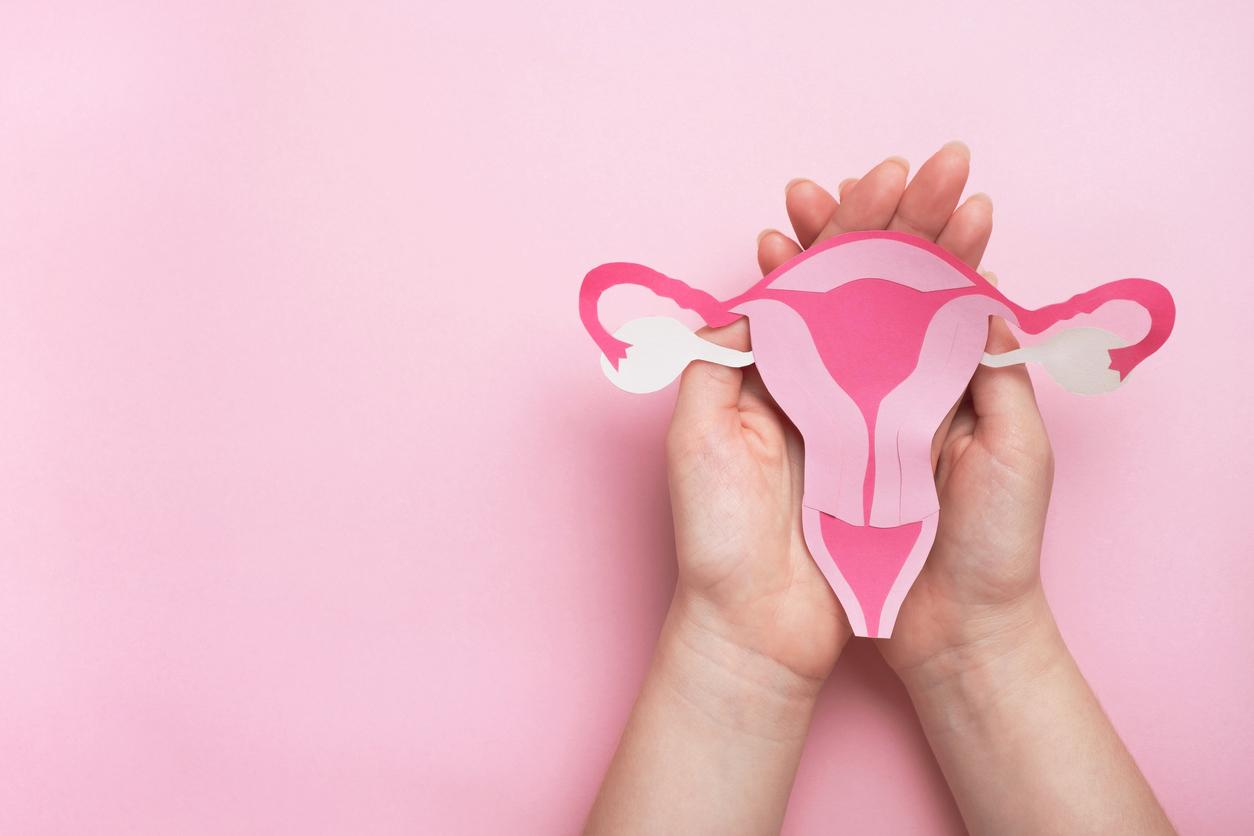Top Santé: In which cases is oocyte vitrification authorized in France?
Dr Joëlle Belaisch-Allart, President of the French Society of Gynecology, Vice-President of the National College of French Gynecologists and Obstetricians, Head of the Woman-Child-AMP pole at the Four Cities Hospital Center (Sèvres): Since 2011, this technique of ultra-rapid freezing of female reproductive cells in liquid nitrogen has been authorized only for medical reasons: before potentially sterilizing treatment (such as chemotherapy) and for women in couples engaged in an assisted reproduction process (procreation). medically assisted). Since last October, childless women who donate their eggs can also keep some for themselves. But it is necessary to have obtained more than 10 oocytes on the day of the puncture to be authorized to keep half of them. Since the average is 8 to 10, this is not the safest way to preserve fertility.
TS Is this an alternative to late IVF?
Dr JB-A. The desire to have a child is more and more late and our consultations are filled with women of 35-40 years who claim to have not been sufficiently informed about the falling fertility with age. Others are aware of it, but they have not met the man in their life or are with a companion who is not ready to take the plunge. Contrary to popular belief, it’s not just ambitious women who put their work first. They wish to have recourse to self-preservation so as not to rush things. As the result of IVF (in vitro fertilization) decreases with age (after 40 years, there is a 10% chance of having a baby after each puncture, at 42 years, 5-6%), and it takes almost two years to benefit of egg donation, putting aside your eggs seems like a good solution, even if that raises questions.
TS How effective is vitrification and what are the risks?
Dr JB-A. Vitrification (ultra-rapid freezing) gives identical results during fertilization to those obtained with “fresh” oocytes. The more “young” the frozen oocytes, the greater the chances of success: if 6 oocytes are frozen at age 30, the chances of having a baby are 24%; at 35, they are 18%. The ideal is to do this before age 35 and keep around 20 oocytes, which corresponds on average to two punctures. But nothing is guaranteed! Once frozen, the oocytes do not “age”. The risks are no greater than in a “natural” pregnancy or following IVF. Except after 45 years, where all pregnancies carry an additional risk.
TS Is there an age limit for using oocytes?
Dr JB-A. The countries where societal oocyte vitrification (for reasons of lifestyle choices) is authorized (Spain, Belgium, Italy, Great Britain, United States, Israel …) have not set an age limit for reuse his oocytes. If it were to be authorized in France, to take into account the medical risks and societal implications, 45 years could be a reasonable limit, 50 years maximum if the woman is in good health. The limit could be fixed by decree or, better, discussed on a case-by-case basis by a multidisciplinary committee.
TS Why is this not allowed with us?
Dr JB-A. While the French Society of Gynecology, the National College of French Gynecologists and Obstetricians and most specialists in assisted reproduction are in favor, the National Consultative Ethics Committee (CCNE) remains stuck on the subject, which I find really unfortunate. . Beyond the questions about the age limit and the fate of oocytes, the question arises of whether or not society should finance this “reproductive insurance”.
However, that would not cost more than to practice repeated too late in vitro fertilization, currently supported up to 42 years. Authorizing societal oocyte vitrification in France, without necessarily reimbursing it, would seem to me to be a good solution. Today, only those who can travel abroad have access to it. This would allow more women to benefit from it.
|
Testimony of Valérie, 36 years old, single “Today, I feel more free …” Information taken from the Internet, I chose Spain, where the cost was the lowest. Luckily, 16 oocytes were obtained and frozen at one time. So if I meet a man, I won’t pressure him. I still set an age limit of 43 years to use them … |
















